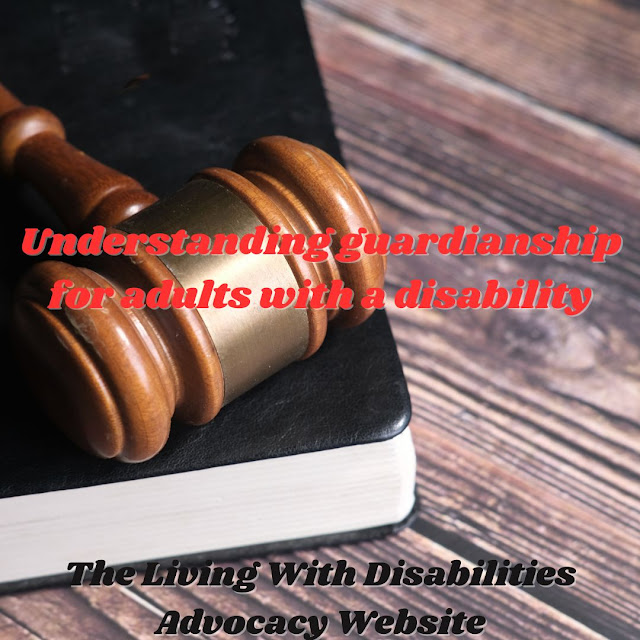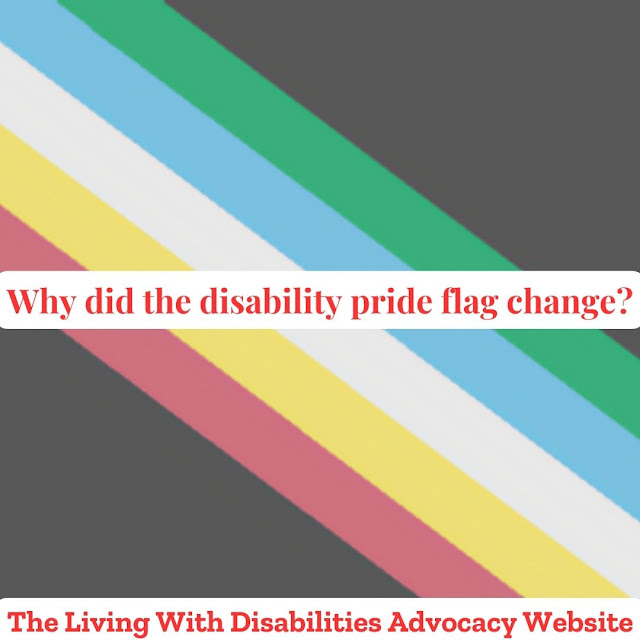Ableist parents breaking the barriers
Today, Living With Disabilities wants to talk about Ableist parents and how can a child with a disability break the barriers.
Ableism was explored in Living With Disabilities, which was released on October 21, 2021. Before continuing, I'll give you a brief overview of ableism. Prejudice and discrimination are common against people with disabilities. The fundamental problem is when someone is unfairly treated because of their disability.
Being a parent is one thing; being a mother or father who cares for their child unconditionally is another. despite mental or physical disabilities. But, a parent who is an ableist is a parent who treats a child unfairly because of their disability. And parents who are ableists are abusive.
There are numerous manifestations of ableism, and each one requires attention. Therefore, parents can change their behaviors by learning to accept their children for who they are.
Let's examine the various forms of ableism.
Ableism was explored in Living With Disabilities, which was released on October 21, 2021. Before continuing, I'll give you a brief overview of ableism. Prejudice and discrimination are common against people with disabilities. The fundamental problem is when someone is unfairly treated because of their disability.
Being a parent is one thing; being a mother or father who cares for their child unconditionally is another. despite mental or physical disabilities. But, a parent who is an ableist is a parent who treats a child unfairly because of their disability. And parents who are ableists are abusive.
There are numerous manifestations of ableism, and each one requires attention. Therefore, parents can change their behaviors by learning to accept their children for who they are.
Let's examine the various forms of ableism.
These instances range from open resentment and hostility to day-to-day lesser manifestations. Notice you cannot change your parent's behavior and know that you are not responsible for your disability, as a child dealing with an ableist parent may discover.
Language barriers to avoid
1. Retard
2. Bad
3. Stupid
4. Blind
5. Deaf
6. Idiot
7. Imbecile
8. Nuts
9. Psycho
How do you break the barrier of ableism?
2. Bad
3. Stupid
4. Blind
5. Deaf
6. Idiot
7. Imbecile
8. Nuts
9. Psycho
How do you break the barrier of ableism?
1. Parents of a child with a disability need to educate themselves about ableism behavior.
2. increase your understanding and allow your child to talk to you about what they go through without saying me too, your child isn't looking for a competition they're looking for someone to listen to them.
3. Follow Disability Activists on Social media
DIYABLED @diyabled
Tylia Flores @stomping_on_cp_with_tylia
Judy Heumann @judithheumann
Diversability @diversability
Diversability @diversability
4. Push for greater accessibility
Need help to understand what people with disabilities need, talk to your child and listen to what their needs are. Their needs expand further than living at home in space their familiar with.
5. become more observant of your surrounding
Is the building accessible for your child to come and go?
Are restaurant accessible
Be opened minded and ask questions when it comes to your child's needs. Always remember the conversation your child shared with you, take notes and apply questions to seek answers.
5. become more observant of your surrounding
Is the building accessible for your child to come and go?
Are restaurant accessible
Be opened minded and ask questions when it comes to your child's needs. Always remember the conversation your child shared with you, take notes and apply questions to seek answers.
6. Avoid ableism words.
7. As the saying goes "Assuming makes an ass out of you not me"
Don't be quick to judge that your child is going through something difficult. Give them space to talk things through. Especially, when they have a communication issue. Shutting a child down for not speaking right, or making rude comments makes your child distance themselves away from you.
7. As the saying goes "Assuming makes an ass out of you not me"
Don't be quick to judge that your child is going through something difficult. Give them space to talk things through. Especially, when they have a communication issue. Shutting a child down for not speaking right, or making rude comments makes your child distance themselves away from you.
Living With Disability says; A child with a disability is like a butterfly, they grow and spread their wings to do incredible things. you as parent are there to nurture like rain is there to purify the ground. Take this time to drop the labels because they are meant for cans. Show your child the best role model they can look up to, rather than a bully because ableism is bullying.
If you are a parent with a child with a disability, let's talk one-on-one about how you as a parent broke through the barriers of ableism. Let's connect and bring this to light on The Living With Disabilities Online Talk Show. Book your appointment with the host, Katrina Smith. Be the one parent that another parent can be.
Podcast link
https://anchor.fm/livingwithdisabilites/episodes/Ableist-Parents-breaking-the-barriers-e1ki28s




Comments
Post a Comment